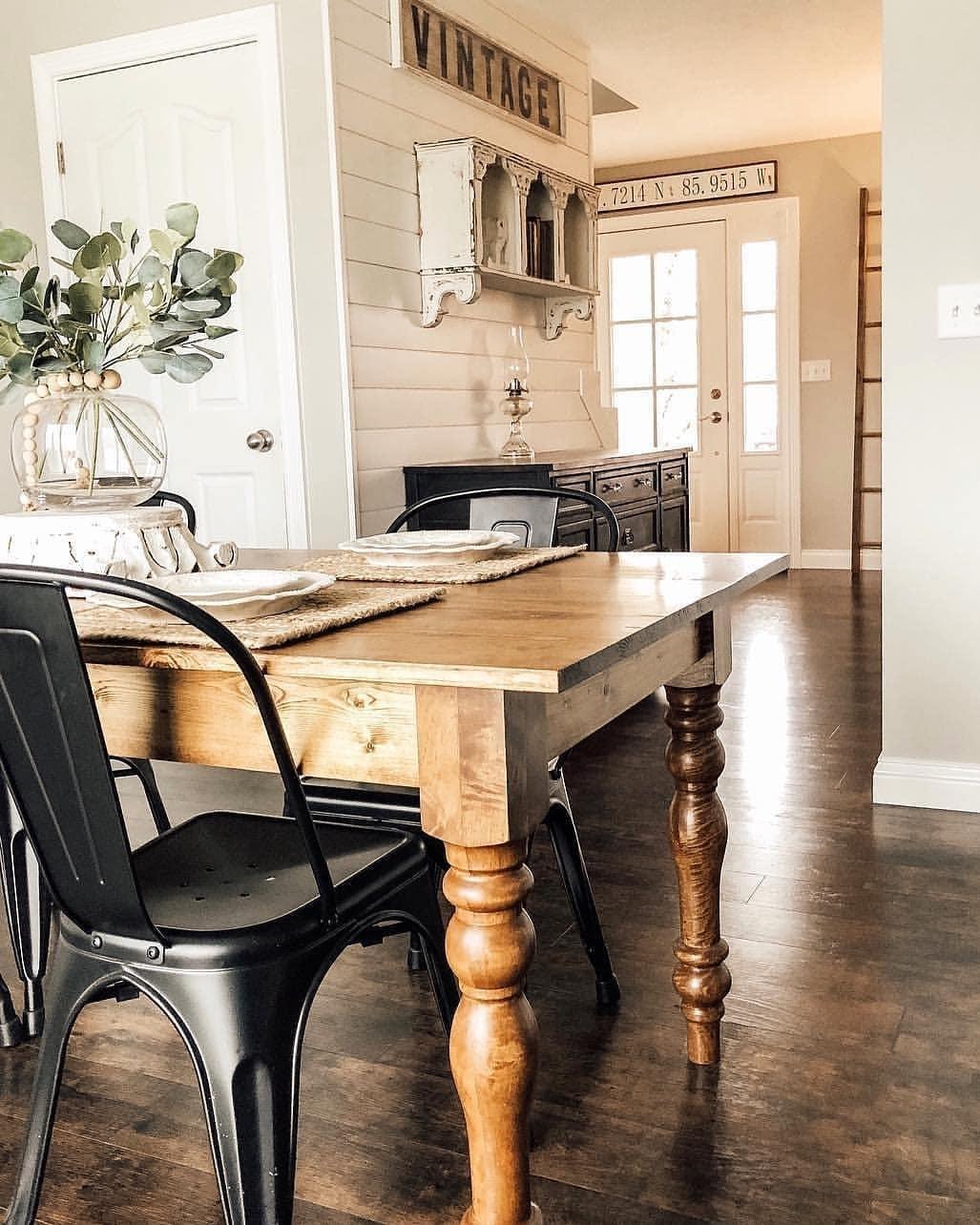A Thorough Take A Look At Table Leg Styles: Finding the Perfect Match
Selecting the right eating table leg style is essential for both visual charm and useful capability. Typical four legs offer classic beauty and security, while the pedestal base provides raised legroom and a contemporary appearance. For those with larger tables, trestle legs ensure strong support, whereas barrette legs introduce a mid-century modern-day vibe with their minimal design. The x-shaped legs mix contemporary design with enhanced stability. Each of these options brings one-of-a-kind benefits, making the option greater than simply a matter of choice. Explore better to discover which design perfectly matches your eating area and way of living.
Traditional Four Legs
Among the different kinds of eating table leg designs, the traditional four-leg design remains an ageless option for numerous houses. This classic configuration provides a harmonious blend of performance and appearances, making it a seasonal fave. 4 legs give well balanced assistance, making certain the table continues to be secure and efficient in birthing significant weight. This is specifically useful for houses that regularly organize huge events or utilize their table for multiple purposes, such as job or crafting.
From an aesthetic viewpoint, the standard four-leg style can be easily adjusted to different interior designs. Whether crafted from wood, metal, or a mix of materials, these legs can be elaborately carved, sleek and minimalistic, or anything in between. Their convenience enables them to match both rustic and contemporary setups perfectly.
In addition, the straightforward structure of the four-leg design facilitates ease of activity and placement within a room. Unlike even more complex bases, this design reduces blockages, supplying ample legroom for diners. In summary, the standard four-leg dining table leg design marries sustaining beauty with sensible performance, making it a sharp option for those looking for both form and feature in their dining furniture.
Stand Base
Often celebrated for its stylish and space-efficient style, the stand base is a notable alternative to the conventional four-leg setup in eating table leg designs. Without edge legs, restaurants are managed better freedom of movement, making it an optimal option for round and oblong tables that advertise even more intimate and comprehensive events.
The main column itself provides a canvas for intricate layouts and imaginative expressions, including an aspect of visual passion below the table. In summary, the stand base combines capability with style, making it an improved and functional option for varied dining settings.
Trestle Legs
Trestle legs provide a robust and classic foundation for eating tables, characterized by their straight cross-bracing and durable assistance beams. Stemming from medieval times, this style has progressed yet retained its crucial structure, making it a seasonal favorite in both standard and modern settings. The main trestle beam, commonly sustained by two or even more upright messages, supplies outstanding stability, enabling for bigger table sizes without the need for extra legs.
A substantial advantage of trestle leg tables is the adequate legroom they offer. Unlike tables with four corner legs, the lack of blockages at the table's edges supplies unblocked space for chairs and diners, enhancing convenience and availability. This makes trestle tables perfect for suiting bigger gatherings, whether in a dining-room or a reception hall.
From rustic farmhouse to sleek anonymous modern designs, trestle legs can be customized to fit private tastes. Their enduring appeal and functional benefits make trestle legs an engaging selection for those looking for both design and usefulness in their eating table.
Hairpin Legs

The charm of barrette legs depends on their simplicity and adaptability - image source dining room table legs. Available in a variety of products, consisting of steel and brass, they can be finished in various shades to enhance various interior styles. Whether matched with a rustic wood table top or a modern glass surface, hairpin legs effortlessly blend performance with a touch of classic beauty
Resilience is one more significant attribute of hairpin legs. In spite of their fragile appearance, these legs are engineered to birth substantial weight, making sure the table continues to be stable and safe. Furthermore, they are reasonably very easy to mount, making them a preferred selection for do it yourself fanatics and specialist furnishings manufacturers alike.
X-Shaped Legs

Created from materials such as steel, wood, or a mix of both, X-shaped legs can be tailored to match different layout choices. Steel legs typically offer a sleek and industrial feeling, ideal for loft-style houses and modern-day eating spaces. On the other hand, wood X-shaped legs supply a warmer, more rustic charm, ideal for farmhouse or diverse interiors. The flexibility in products permits homeowners to personalize their table to much better fit their total design scheme.
In addition, the engineering behind X-shaped legs ensures even weight distribution, reducing the danger of wobbling and improving toughness. This makes them especially appropriate for bigger eating tables that need extra support. In essence, X-shaped legs blend useful engineering with modern looks, making them a classic option for varied dining environments.
Conclusion
A comprehensive understanding of dining table leg designs exposes the distinct features and benefits of each layout. Trestle legs make sure robust assistance for larger tables, and more barrette legs introduce a mid-century modern-day aesthetic.